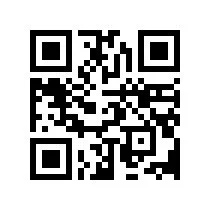Could it be Dyslexia?
Screening / Testing
Dyslexia Screening / Testing
Ages 5 - 85
$50.00 Screening $450.00 Testing
https://www.zeffy.com/en-US/ticketing/dyslexia-testing-2
Purpose of a Dyslexia Screener
A dyslexia screener is a brief, research-based tool used to identify students who may be at risk for dyslexia or related reading difficulties. The primary goal is early detection—so that students showing signs of struggle can receive appropriate support as early as possible.
The screener helps assess key foundational skills such as:
Phonological and phonemic awareness
Letter-sound correspondence
Word recognition
Rapid naming
Spelling patterns
While a screener does not provide a formal diagnosis, it serves as a valuable first step in determining whether a student may need a more in-depth evaluation or targeted intervention. By identifying students early, we can put the right strategies in place to support reading success and build confidence in the classroom.
Purpose of Full Dyslexia Testing
Full dyslexia testing provides a comprehensive evaluation of a student’s language-based learning abilities to determine whether they meet the criteria for dyslexia or a related learning difference.
The purpose of this in-depth assessment is to:
Identify specific areas of strength and weakness in reading, spelling, writing, and language processing
Determine if a student has dyslexia, based on standardized testing and diagnostic criteria
Guide individualized instruction and intervention by providing detailed information about how a student learns best
Support academic planning and accommodations at school
Empower families and educators with a clear understanding of the student’s learning profile
Testing typically includes assessments of:
Phonological awareness
Decoding and word recognition
Reading fluency and comprehension
Spelling and written expression
Oral language and working memory
A formal dyslexia diagnosis can open the door to targeted intervention, accommodations, and access to appropriate educational services—giving students the tools they need to thrive.


